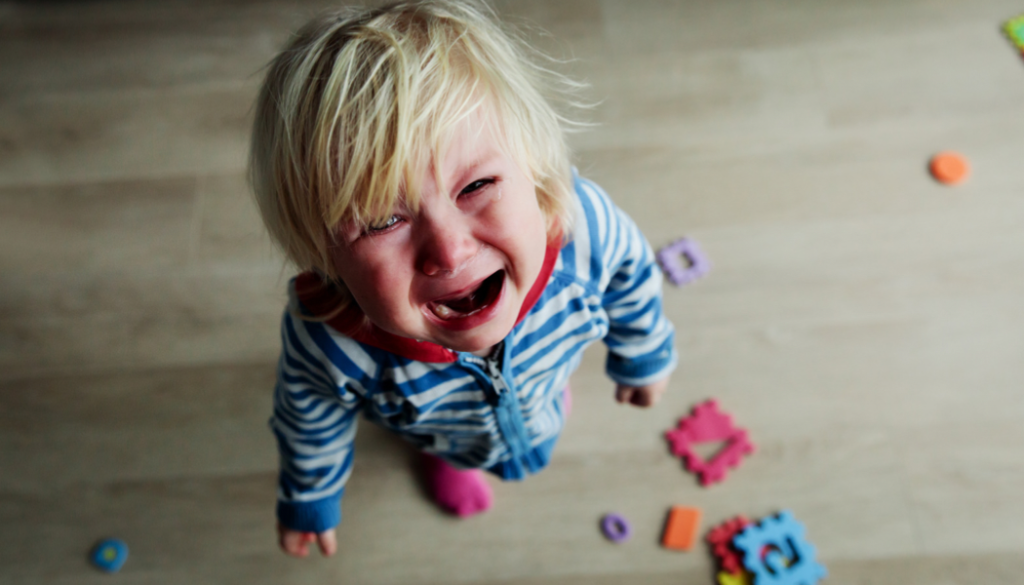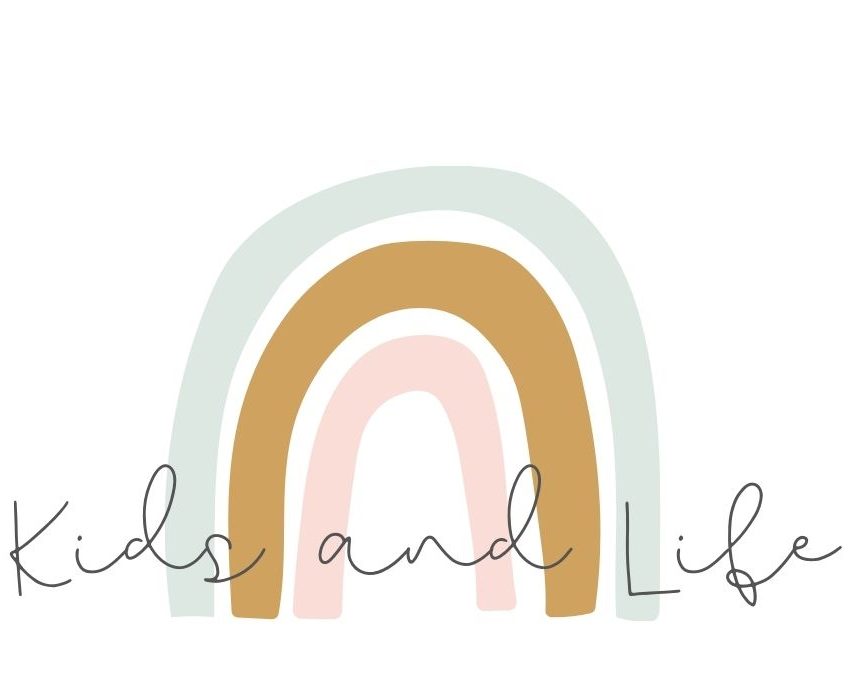Friends. Why do we see behaviors in children? OTs oftentimes get referrals for children that display a wide variety of behaviors for one reason or another. This post is intended to provide some clarity around behaviors that we see in children of all ages and ability levels looking at the four functions of behaviors.
Behaviors are tricky! Throughout this post, I’m going to refer to “behaviors” often. I want you to know that a behavior is literally any action we see someone else engage in for some reason. A behavior can be positive, neutral, or negative. I think we automatically assume a behavior is negative, mostly because that’s when we talk most about behaviors in children- when we want to change them.

Before we Get Started
Before I jump into the reasons we see behaviors, I need to clarify a few things:
- It seems like parents feel better bringing their child to OT versus a behavioral specialist, psychologist, counselor. I don’t know if it a stigma or label or what, but sometimes, OT might not be the answer. And maybe therapy is not the answer! Keep reading so I can explain myself better.
- The word “behavior” has a negative connotation. Know that we display behaviors all day. A behavior is the way we react in response to a certain situation. This can be positive, negative, or neutral. I like to think about changing behaviors that might be completely inappropriate to a situation or harmful to oneself or others.
- Some OTs are behavioral specialists. Others just have a lot of experience working with children of all types of abilities and ages. We have expertise in the area of sensory processing. If your child displays significant, challenging behaviors, I’ll encourage you to discuss this with your primary care physician to get you to the right place!
Functions of Behavior
There are 4 reasons why a child may display a behavior. When we know why a child is displaying a behavior, we can better approach it.
One area that is not mentioned in this section is communication. Communication is oftentimes the MAIN reason we might see a behavior. Possibly, this is because a child cannot express the other reasons (which are listed below) why they are exhibiting a behavior. A child may be non verbal or may lack the expressive language necessary to say, “I did that because I wanted to get out of that activity… and it worked!” (Think about that: this is a hard sentence to come up with and say out loud.)
To address challenging behaviors, professionals typically take an ABC approach in examining a behavior. They look at what happened right before an activity (known as the Antecedent), what the Behavior is, and what happened directly after (the Consequence). Looking at these three things helps us understand what the function of a behavior might serve.
So… functions of behavior. What are these? Just remember, every body EATS:

1. Escape
Or avoidance of a task. A child might think, “I don’t want to do this.” And because he would like to get out of a task, he might display a behavior that allows him to physically leave an area, results in a timeout, gives a trip to the principal’s office, or provides even a momentary break from the task at hand. This could be as simple as laying his head down in the desk during math.
Read more about behaviors that result in escaping or avoiding a task and ways to support children here.
2. Attention
Hellooooo! How many times do we see this as parents, teachers, caregivers, therapists? A child acts out to get our attention. There is much more to say about this, but remember that even negative attention is attention. So if you produce a gigantic reaction, even if you think you are attempting to provide negative attention, you are giving attention. For some kids, negative attention is better than no attention at all. For information and ideas, read more here.
3. Tangibles
I’m going to do something in order to get something that I want. This is classic human nature, right? Especially for children learning social skills. I’m going to take that toy because I want it. Duh. But you can also think about this function to serve positive behaviors. I want my allowance, so I’m going to clean my room. Lots more information on this one, and you can find it here.
4. Sensory
Behaviors that serve a sensory purpose are more of an OT’s area of expertise. This is when a person seeks out an action because it feels good. It provides them some sort of input that satisfies a bodily need. The first thing that comes to my brain are stimming behaviors. If a child rocks back and forth, it may not be to get attention or to get out of something, but it could be because it satisfies a need for vestibular input or movement. Other times, someone can just be dysregulated and they need some more strategic sensory input that matches their needs. For more information on sensory-based behaviors, look here.
Steps of Managing Behaviors
So what are the next steps? It’s helpful to try to understand what the function of the behavior is in order to manage the behavior, prevent it, or respond appropriately. I wanted to include alllll the information in one place, but it is just too much. Please head to each post for more information and possible solutions to try.
Each post will have ways to attempt to prevent, respond to, and manage the behaviors that result from the above functions. Deep breaths, challenging behaviors are challenging!





3 thoughts on “The 4 Functions of Behaviors: Understanding and managing challenging behaviors”